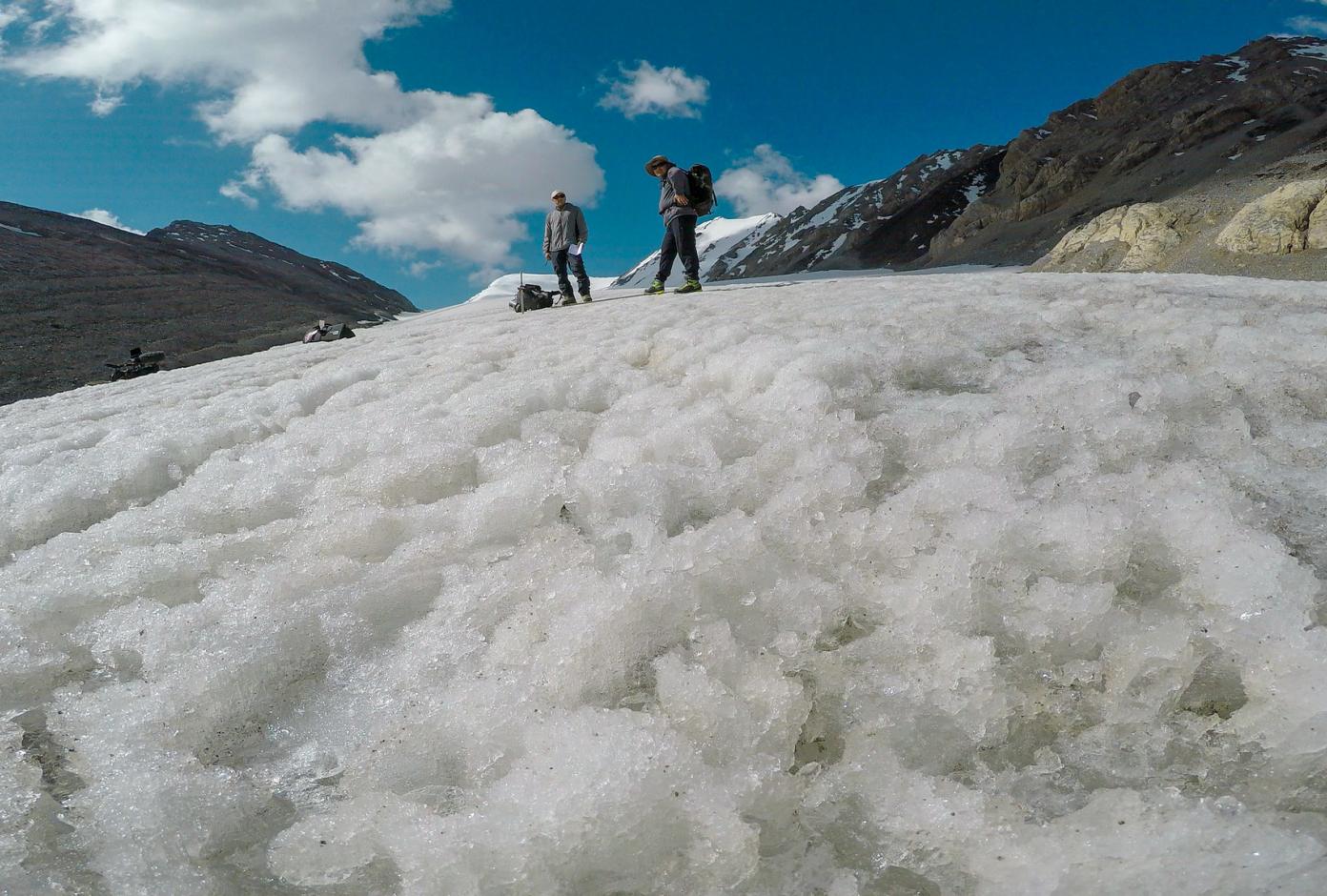In Kyrgyzstan, an innovative IT module will monitor for glacial lake outburst floods (GLOFs) and provide early warnings about their outbursts to prevent natural disasters, according to the United Nations Development Program (UNDP).
The new IT module with artificial intelligence (AI) was shown to Kyrgyz officials as part of a program titled “Reducing Risks and Vulnerability From Glacial Lake Outburst Floods in Kyrgyzstan by Strengthening the National Disaster Monitoring System and Community Adaptive Capacity”. According to the UNDP, Kyrgyzstan faces the threat of more than 300 high-mountain lakes bursting — a threat fully attributed to climate change and permafrost degradation. International experts say the instability of natural dams and melting ice pose a risk to the population, infrastructure and the environment. The last serious flooding due to a breach of a high mountain glacial lake occurred in July 2022 in the mountains of the Issyk-Kul region.
“By harnessing the power of innovation and collaboration, we are paving the way for sustainable progress. Through proactive risk identification, assessment and vigilant monitoring, we are not only preventing crises, but also laying the foundation for economic prosperity and community resilience. The use of artificial intelligence in monitoring emergency forecasting not only marks an important milestone for Kyrgyzstan, but also sets a precedent for the entire Central Asian region,” said Alexandra Solovieva, the UNDP Resident Representative in Kyrgyzstan.
This innovative module, as the specialists emphasized, combines AI technology with the use of machine-learning processes to improve the accuracy of forecasts, and provides timely information to effectively reduce the risks of lake outbursts. The IT module calculates the surface area of the lake, assesses the state of the ice cover, makes an analysis, and assesses the risks of lake breakthrough — and in case of potential threats, warns the relevant government agencies.
“The unified system of integrated monitoring and forecasting of emergency situations is an invaluable tool to protect the life of the population and the environment. Expansion and addition of functionality on glacial lake monitoring with integration with satellite and meteorological data will ensure timely, accurate data collection, data analysis and disaster forecasting,” said Deputy Minister of Emergency Situations Edelbek Kulmatov.
At the presentation of the IT module in Bishkek, specialists also introduced the mobile application developed for it . With its help, Kyrgyz EMERCOM specialists will be able to monitor glacial lakes in real time and receive all the necessary data.
The IT module was purchased with the financial support of the Government of Japan through the UNDP.









